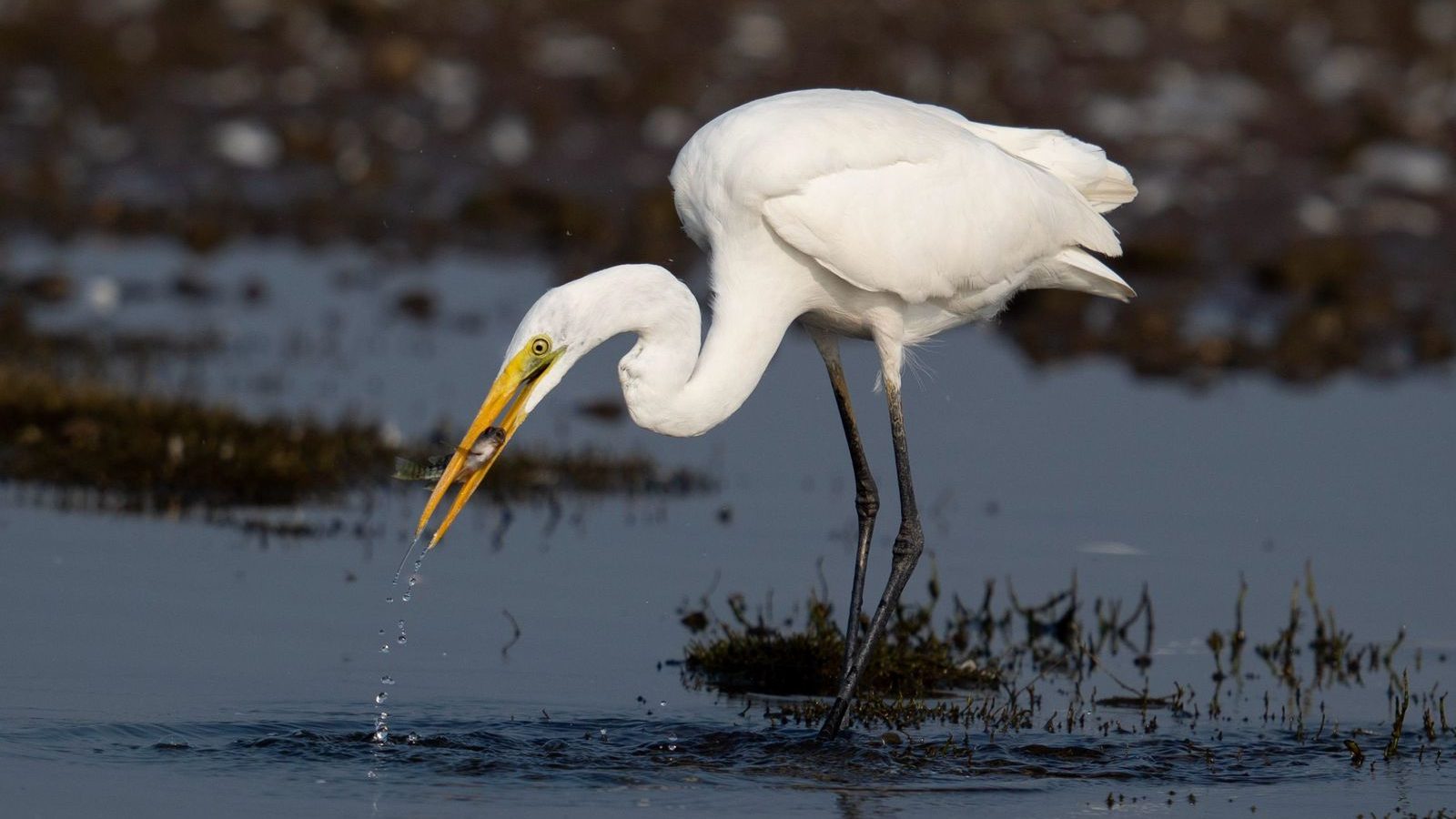Wildlife SOS launches an exciting series that explores animal senses! While some animals have a heightened sense of smell, some rely on their strong sense of sight to navigate. There are animals with an ability to hear sounds at extraordinary frequencies. Whether it is their unique touch receptors or an impressive sense of taste, every animal finds a fitting place in the ecosystem of its wild habitat.
Read on to know more about the gustatory systems of animals!
Food enthusiasts among us highly rely on the sense of taste to relish different cuisines. However, the animal kingdom is fascinating in its own unique way. Most animals use taste to determine whether the food is safe enough to eat. They have the remarkable ability to classify healthy or toxic food with their focussed taste receptors, that for some, are located in places other than their tongue as well. Take catfish, for example, it has taste buds all across its body, and can taste the food source that is as far as 15 feet away! No wonder they are popularly known as “swimming tongues”. Let’s find out more about the sense of taste, or the gustatory system, that different animals have!
Cats
Compared to humans who have up to 9,000 taste receptors, cats, including big cats like leopards, have less than 500 of them. Their strong sense of hearing and smell however, compensate for this, with the latter detecting stale food instantly. Since the predominant diet of cats is meat, their tongues do not respond to sweet taste. But they do have 12 different genes solely for bitter taste! Their strong bitter receptors enable cats to identify and reject toxic food. While cats can discern sour, savoury and bitter tastes, a scientific study conducted has revealed that cats can also taste water.
Catfish
Catfish are the super-tasters of the underwater world, possessing the best sense of taste. They can discover aquatic meals even in the murkiest water. With over 1,00,000 taste receptors on their skin, and some having as many as 1,75,000, these fish are essentially living, breathing tongues. Their whole body, including whiskers and fins, is covered with tiny sensors that can pick up all the flavours of their prey even as they swim over it. And that’s not all. The taste receptors located on either side of the catfish body also helps them to determine which direction to swim in for their next meal!
Frogs
Picture a frog sitting still next to a water body, flicking its sticky tongue to catch any insect, spider, or tiny fish that fits in its mouth. Frogs have sensitive taste buds located on the upper layer of their soft tongues and inside their mouths. Since they lack teeth, it is their tongue that transfers the food directly to their stomach. In case the tongue detects that what was swallowed hurriedly was something unpleasant or toxic, the frog ends up ejecting its entire stomach through its mouth to get rid of it! Frogs certainly do have a unique ability to distinguish between a healthy and harmful snack.
Honey Bees
Did you know that honey bees have more than 300 taste receptors on the tip of their antennae? Along with antennae and their mouth parts, their taste sensors, which resemble tiny hairs, are located on their front feet as well! Focussing on their feet taste detectors, a researcher discovered that it was only when these discerned appealing sweet substances that the bees went ahead to extend their tongues to suck them in. The study also found that honey bees are attuned to salty taste as well, but cannot sense bitterness.
Birds
It was once mistakenly believed that birds rely solely on sight to find their food. However, they do have taste buds, though they are far fewer in number compared to mammals. The gustatory system in birds is located not just on their tongue, but also on the roof of their mouth and their throat.
Interestingly, less than 5% of their taste buds are located on the tongue, and these are typically confined to its posterior surface. The taste buds of birds act as sensors that can classify flavours and set off an alarm for potentially poisonous food. Their heightened sensitivity to specific flavours guides them towards nutrient-rich foods, contributing to their overall growth and health. Moreover, birds have taste receptors known as “umami” receptors, designed to detect the amino acid glutamate. This taste is linked to protein-rich foods that help with the development of birds. Most birds primarily eat insects and other invertebrates throughout the year, but they consume significant amounts of fruit during the autumn and winter months.
Taste receptors of animals perform a vital role in their survival, the same way that their vision, smell, and hearing does.
To read more fascinating facts about animals, subscribe to our newsletter!





